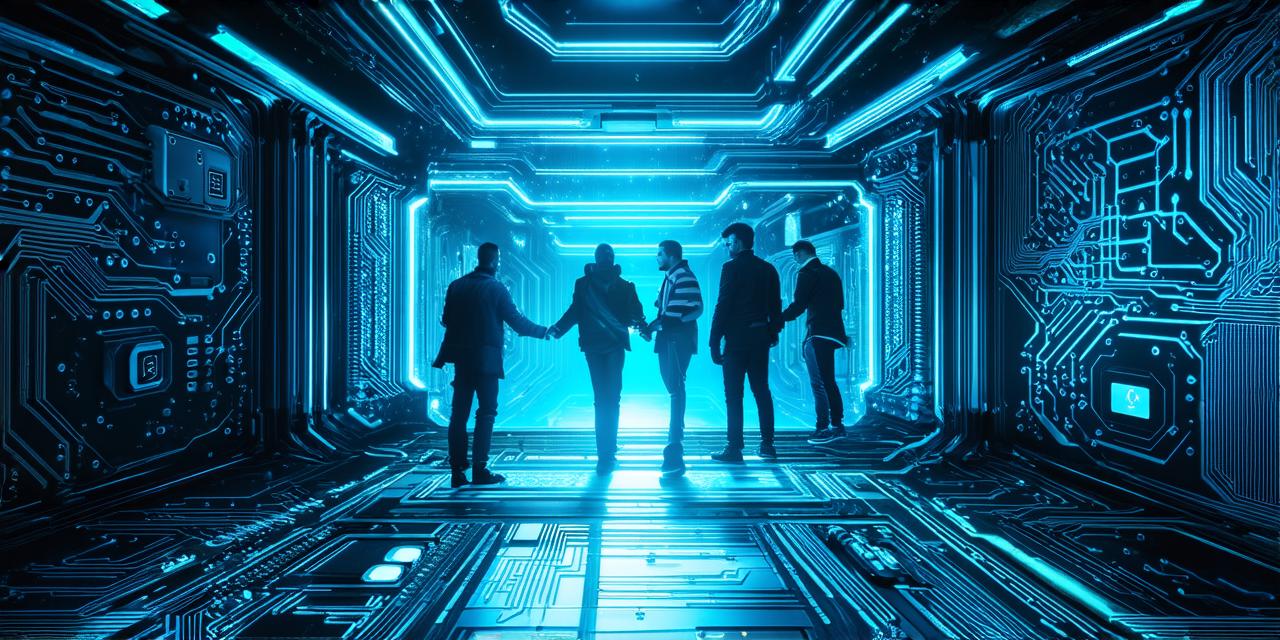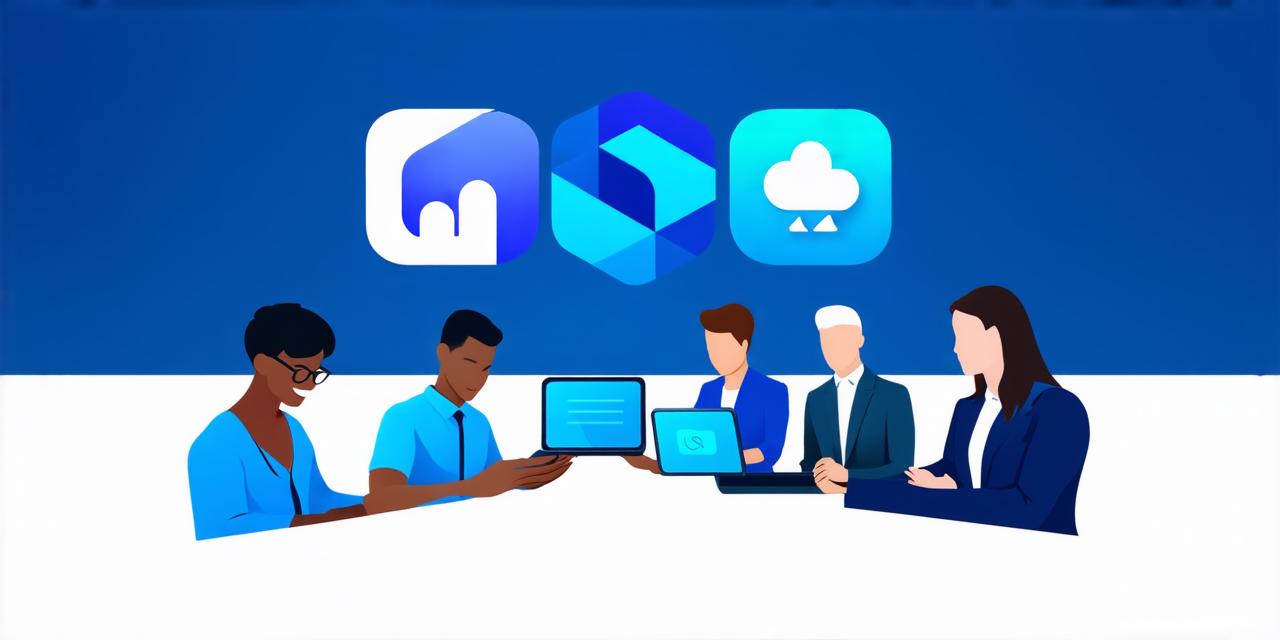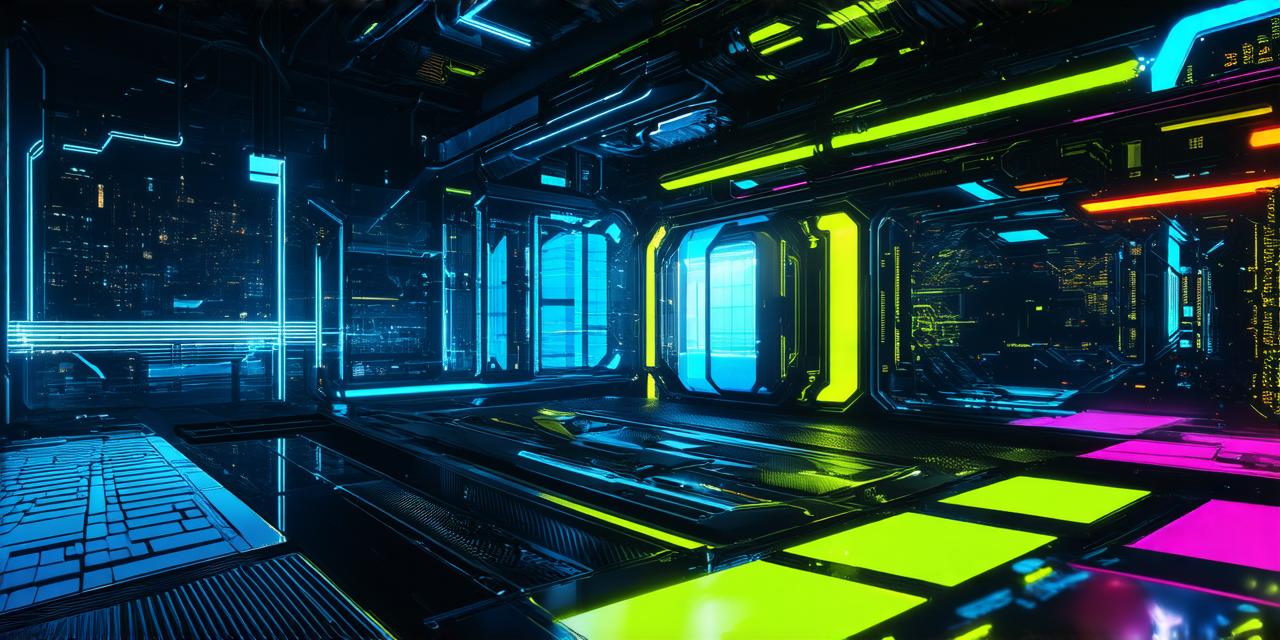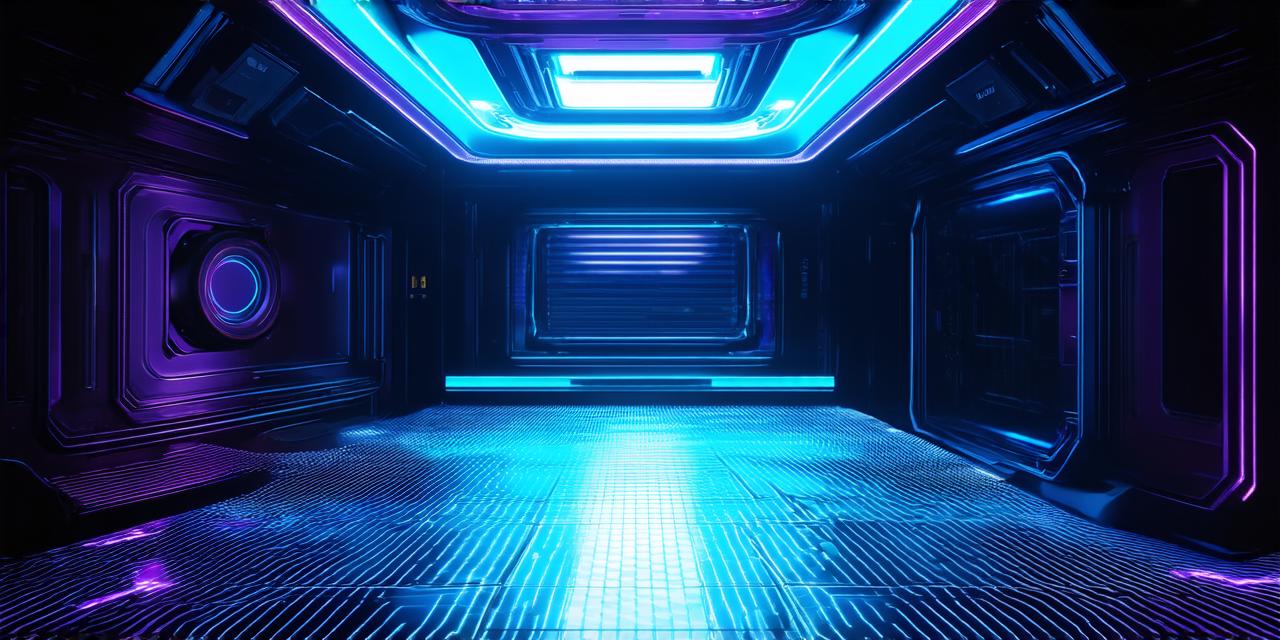Mixed reality (MR) and holography are two of the most exciting and rapidly evolving technologies in the world today. While they may seem similar at first glance, there are some key differences between these two forms of augmented reality (AR). In this article, we will explore the relationship between MR and holograms, including their definitions, applications, and the various ways they interact with each other.
What is Mixed Reality?
Mixed reality is a form of augmented reality that blends virtual objects and environments into the real world. It allows users to interact with both physical and digital elements in real-time, creating a seamless and immersive experience. MR can be experienced through a variety of devices, including smartphones, tablets, headsets, and even smart glasses.
What is Holography?
Holography is the technique used to create three-dimensional images that appear to float in space. These holograms are created using interference patterns generated by laser beams. When viewed from different angles, the hologram appears to shift and move, creating a sense of depth and realism. Holography has been used in a variety of applications, including data storage, art, and security.
The Relationship Between MR and Holograms
While both MR and holograms involve the use of three-dimensional images, there are some key differences between the two. One of the main differences is that MR uses a variety of sensors and cameras to track the user’s movements and create an interactive experience, while holography relies on the use of laser beams to generate the image.
Another difference is that MR can be experienced in real-time, allowing users to interact with virtual objects and environments as they would with physical ones. Holography, on the other hand, is typically a static image that cannot be interacted with.
Despite these differences, there are some ways in which MR and holograms can work together to create even more immersive and engaging experiences. For example, some MR applications use holographic displays to create more realistic and lifelike virtual objects. Additionally, holography can be used to enhance the user experience in MR by adding an extra layer of depth and realism to the virtual environment.
Applications of MR and Holograms
Healthcare
MR can be used to create realistic simulations for medical training, while holography can be used to create 3D models of organs and tissues for surgical planning.
Education
MR can be used to create interactive educational experiences, while holograms can be used to enhance the learning experience by creating more engaging and memorable visual aids.
Gaming
MR can be used to create highly immersive gaming experiences, while holography can be used to create realistic and lifelike virtual objects for players to interact with.
Retail
MR can be used for remote collaboration and virtual prototyping, while holography can be used to create 3D models of products for quality control and inspection.
Summary
In conclusion, MR and holograms are two fascinating technologies that have the potential to revolutionize the way we interact with the world around us. While they may seem similar at first glance, there are some key differences between these two forms of augmented reality.



